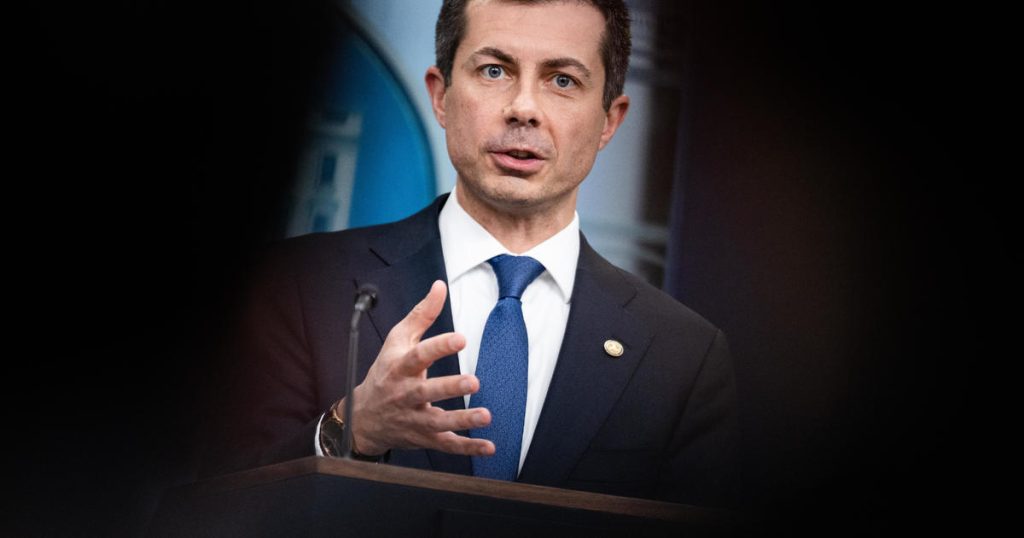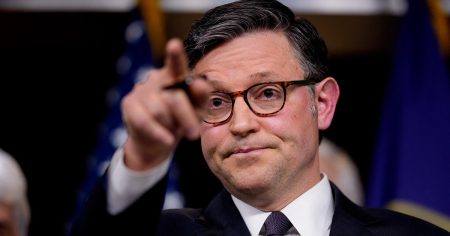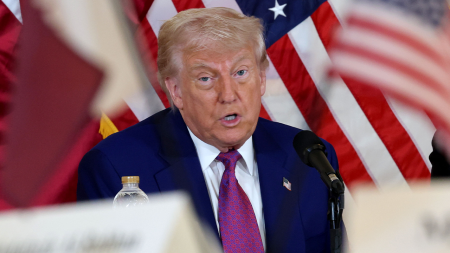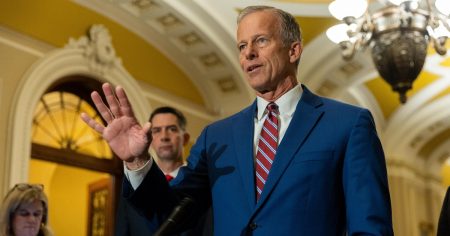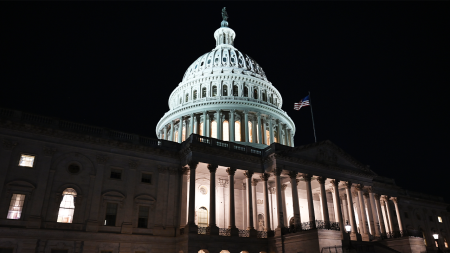Transportation Secretary Pete Buttigieg announced a new rule requiring two-person crews on railroads to bolster safety following the East Palestine, Ohio, derailment. This provision establishes a minimum crew size for all railroads, including freight, passenger, and commuter trains. Buttigieg emphasized the importance of having a second crew member for safety operations such as handling track switches and assisting in emergencies. Prior to this rule, railroads could unilaterally employ one-person crews without oversight from the Transportation Department.
Buttigieg stated that the issue of crew size has been a concern for over a decade, and recent incidents such as the bridge collapse in Baltimore have highlighted the importance of addressing safety in transportation systems. The new rule, a priority for President Biden, aims to standardize crew requirements across states and ensure the safety of workers, communities, and the economy. While the rule is a positive step, Buttigieg acknowledged that it alone cannot prevent accidents and called for additional industry changes and congressional action, specifically urging the passage of the Railway Safety Act.
Rail safety has become a bipartisan concern in the wake of the East Palestine derailment, which prompted lawmakers to introduce a rail safety bill. However, the legislation has faced delays in the Senate, where Republican support for the measure is uncertain due to potential filibusters. Buttigieg stressed the importance of bipartisan support for rail safety measures, emphasizing the need for Congress to pass laws that prioritize safety. Since the derailment, there have been over 1,500 derailments in the U.S., highlighting the critical role of two-person crews as a first line of defense in emergencies before official response teams arrive.
The new rule requiring two-person crews on railroads is intended to improve safety for rail workers, passengers, and communities across the country. Buttigieg emphasized the significance of this rule in enhancing the overall safety of America’s railroads, stating that it represents progress towards a more secure transportation system. However, he also acknowledged the need for continued efforts to address industry practices and secure legislative support for comprehensive rail safety measures. By prioritizing safety and promoting regulatory standards, the transportation department aims to prevent future accidents and protect both rail workers and the public.









